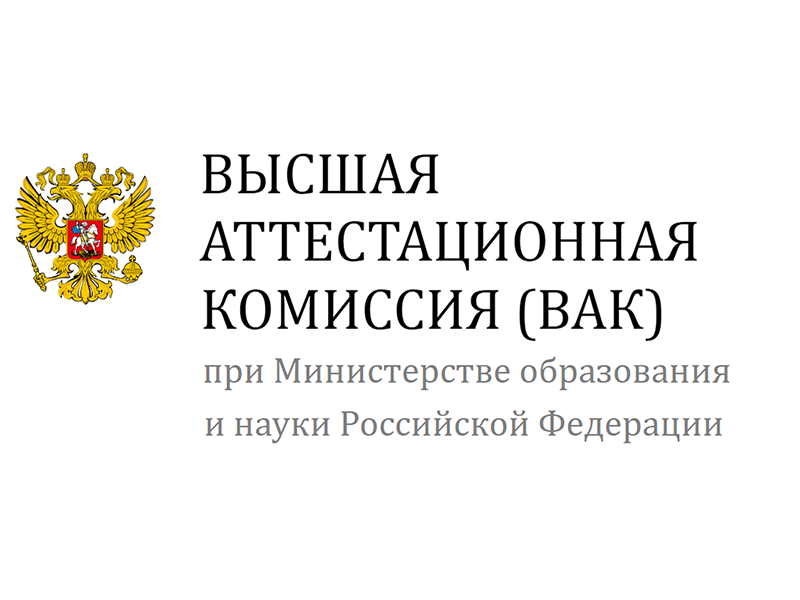Отправка материалов
Для отправки материала вам нужно Войти в систему или Зарегистрироваться.
Контрольный список подготовки материала к отправке
В качестве одного из этапов процесса отправки авторы должны проверить соответствие их материала всем следующим пунктам, материалы могут быть возвращены авторам, если они не соответствуют этим требованиям.- Этот материал ранее не был опубликован, а также не был представлен для рассмотрения и публикации в другом журнале (или дано объяснение этого в Комментариях для редактора).
- Файл с материалом представлен в формате документ Microsoft Word или RTF.
- Приведены полные интернет-адреса (URL) для ссылок там, где это возможно.
- Текст набран с полуторным межстрочным интервалом; используется кегль шрифта в 14 пунктов; для выделения используется курсив, а не подчеркивание (за исключением URL-адресов); все иллюстрации, графики и таблицы расположены в соответствующих местах в тексте, а не в конце документа.
- Текст соответствует стилистическим и библиографческим требованиям, описанным в Руководстве для авторов, которое можно найти на странице «О журнале».
Статьи
Политика раздела по умолчаниюЗаявление о конфиденциальности
Имена и адреса электронной почты, введенные на сайте этого журнала, будут использованы исключительно для целей, обозначенных этим журналом, и не будут использованы для каких-либо других целей или предоставлены другим лицам и организациям.



